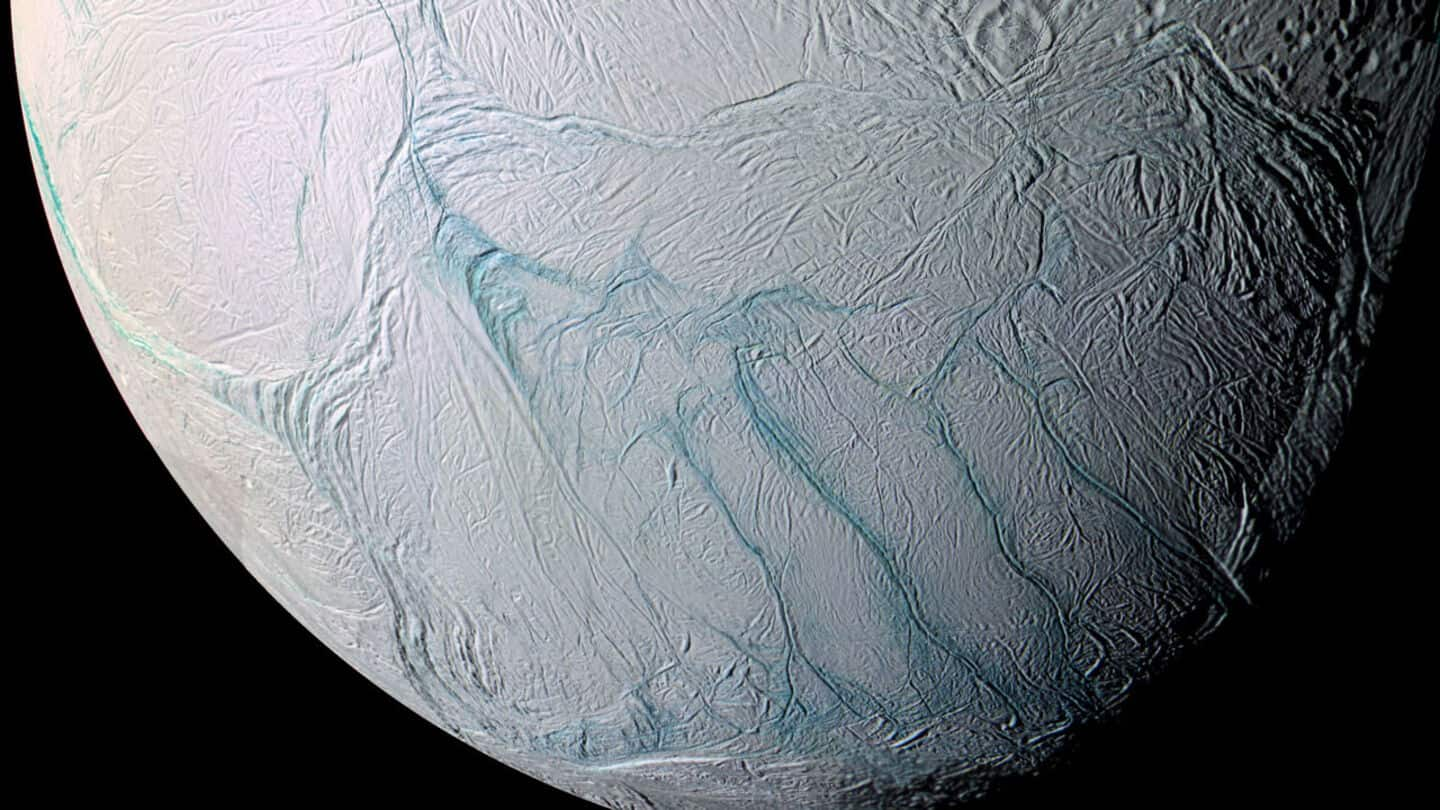
Saturn's moon ejects organic compounds that may support life
What's the story
NASA's Cassini mission to Saturn may have discovered a major clue in the search for extraterrestrial life. Complex organic molecules, which are essential for the formation of life's building blocks, have been detected in the icy plumes of Enceladus. The discovery comes nearly two decades after Cassini first sampled these plumes during its exploration of the ringed planet and its moons.
Discovery details
Water vapor plumes connect to subsurface ocean
In 2005, Cassini discovered water vapor plumes erupting from large fissures on Enceladus's surface. These "tiger stripes" are thought to connect to a subsurface ocean within the 500km-wide moon of Saturn. The ocean is believed to be the source of these plumes, some of which fall back onto Enceladus's surface while most escape into space, forming a diffuse ring around Saturn known as the E-ring.
Molecule analysis
Organic molecules detected in ice grains
Nozair Khawaja from Freie Universitat Berlin and the University of Stuttgart, Germany, revealed that Cassini detected samples from Enceladus as it flew through Saturn's E-ring. "We had already found many organic molecules in these ice grains, including precursors for amino acids," he said. However, there was skepticism about whether these organic molecules came from Enceladus's ocean or were produced by reactions caused by radiation.
New findings
Organic molecules in plumes confirm oceanic origin
Cassini also flew through some plumes, allowing Khawaja to analyze data from 2008 collected by the spacecraft's Cosmic Dust Analyzer (CDA). This new analysis revealed organic molecules that were missed earlier. The ice grains hitting the CDA's detector contained not just frozen water but also other molecules including organics. These findings suggest that the same organic molecules found in the E-ring are also present in these plumes, indicating they originate from Enceladus's ocean and aren't a product of space radiation.
Diverse discovery
A variety of organic molecules detected
Khawaja's team also discovered a variety of other organic molecules in relation to Enceladus's plumes. These include aliphatic, (hetero)cyclic ester/alkanes, ethers/ethyl and possibly nitrogen- and oxygen-bearing compounds. On Earth, these molecules are part of a chain of chemical reactions that lead to life's building blocks. "There are many possible pathways from the organic molecules we found in the Cassini data to potentially relevant compounds," Khawaja said, adding that this increases the likelihood that Enceladus is habitable.